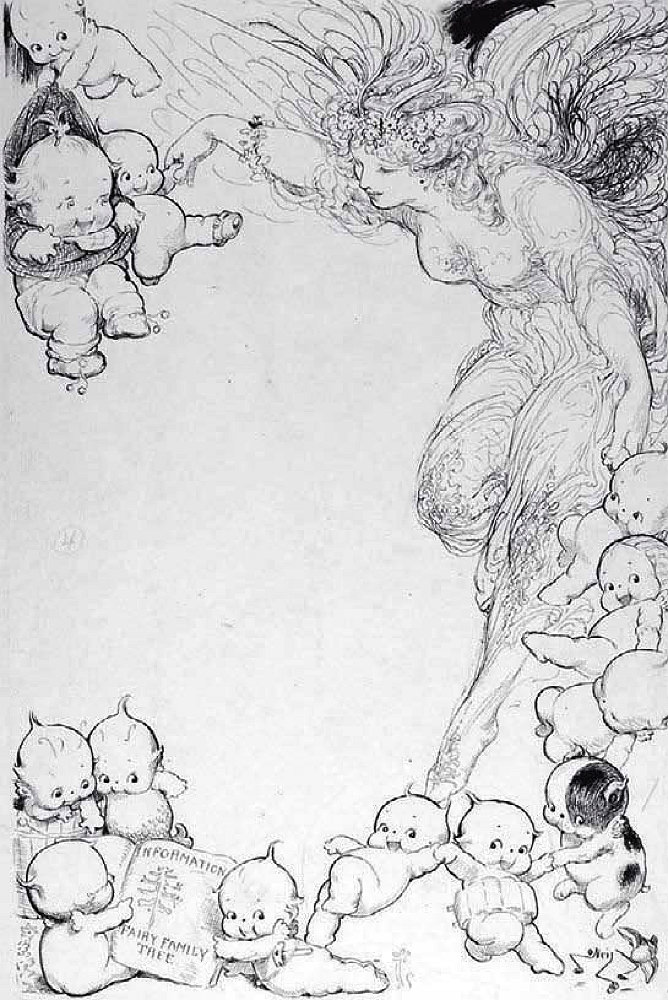During a fall jaunt through the Berkshires, follow a bread-crumb trail into the imagination at the Norman Rockwell Museum, in Stockbridge. “Enchanted: A History of Fantasy Illustration” (through October 31) features more than 130 flights into faraway lands inhabited by demons, dragons, sprites, and warriors by artists spanning centuries. The focus is “on looking at the tradition of American illustration as a reflection and shaper of culture,” says chief educator and head of public operations Mary Berle ’87, Ed.M. ’90. “One of the biggest ideas in this exhibit is that the imagination is always with us, it’s part of the human condition, but these images also transcend time and space; they are truly fantastical.”

The works depict universal concepts and characters; some elements of what psychoanalyst Carl Jung called the collective unconscious. These are themes found in classic fairy tales and ancient myths, and in contemporary texts, television shows (Game of Thrones) and games (Magic: The Gathering). “Like the battle between good and evil,” Berle says, or a heroine’s journey, knights slaying dragons, and children battling monsters (as in Scott Brundage’s 2016 book cover Swamp Scarefest, at left). Inspired by the Roman god of erotic love, Cupid, cartoonist and suffragette Rose Cecil O’Neill created Kewpie, a sweet-faced, baby-like figure. Genderless and adorable, her naked beings were perennially playful—see her 1916 The Kewpies and their Fairy Cousin, at right—and soon became a popular line of dolls. Contemporary digital illustrator Anna Dittmann conjures powerful ethereal images, like I Dreamt I Could Fly, while Donato Giancola explores apprenticeship and the archetypal old wise man/wizard (Gandalf, from The Lord of the Rings) in Bag End: Shadows of the Past (2013). Beyond humans are otherworldly beings: unicorns, winged horses, and gryphons, Berle says, which began appearing in art more than 4,000 years ago, and have endured. “As our culture becomes increasingly visual,” she adds, “considering how these images affect us becomes its own fascinating project.” The exhibit’s themes resonate with visitors across all ages.








